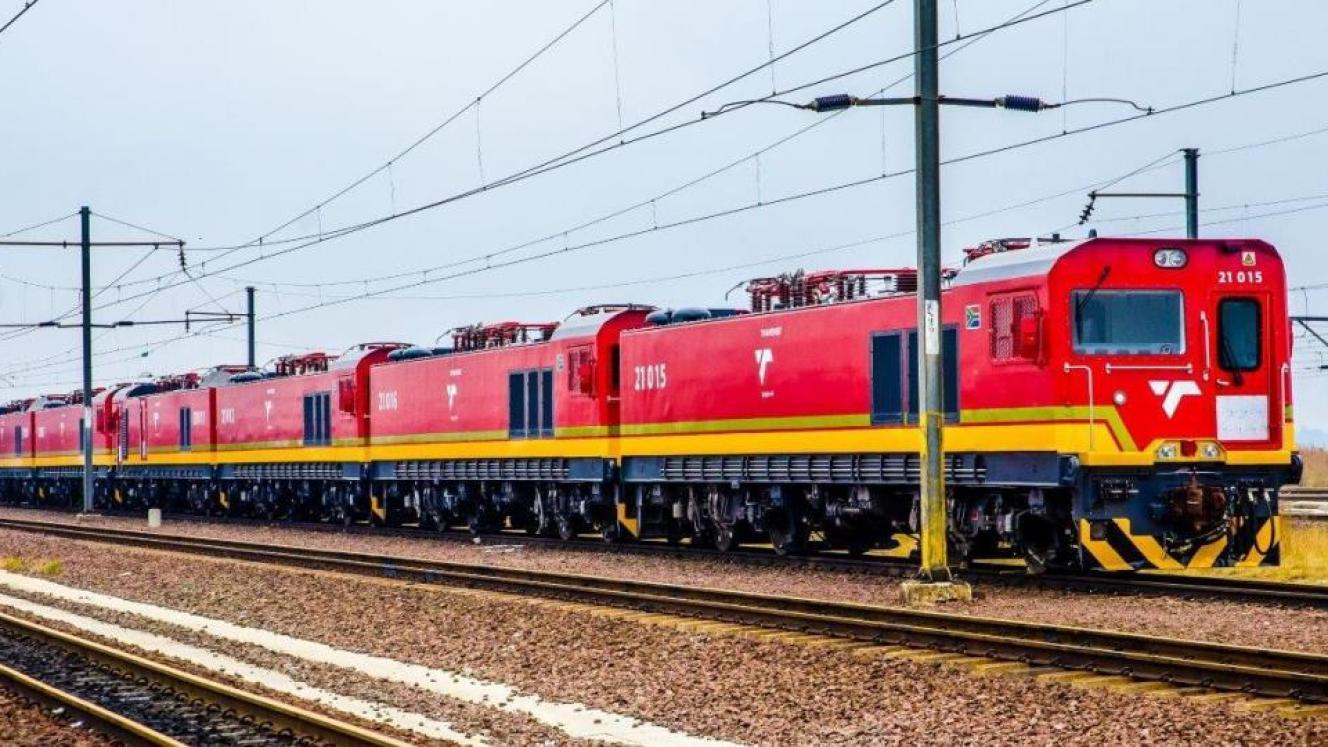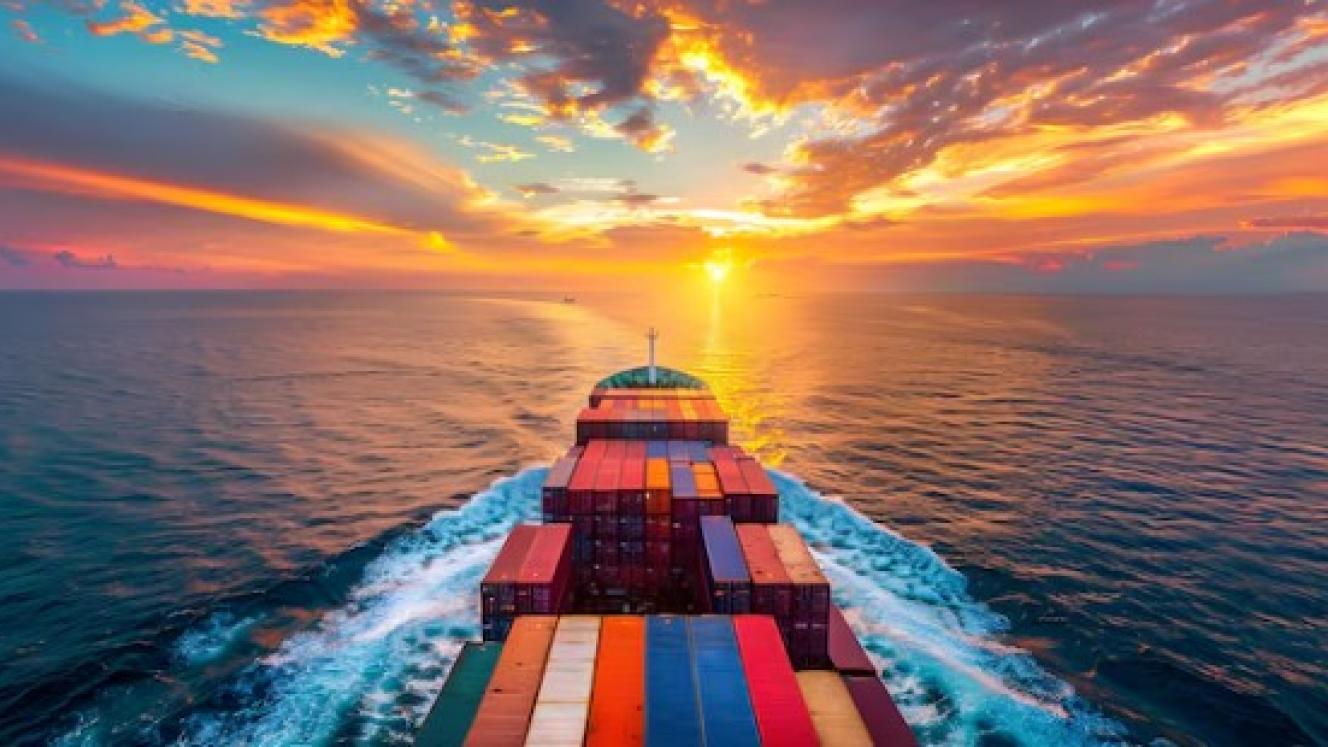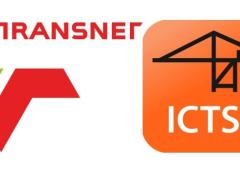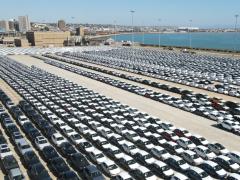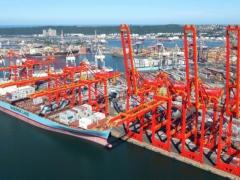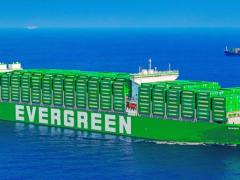Transnet Freight Rail (TFR) is taking innovative steps by using drones and removing copper from its infrastructure to reduce its R1.8-billion losses to vandalism and cable theft along the key railway corridor between Durban port and Johannesburg.
TFR managing executive for the central and container corridor, Rudzani Ligege, speaking at a media briefing in Durban last week, highlighted the impact of vandalism on the efficiency of its services to the automotive, manufacturing, chemical, fuel and agricultural sectors, which depend on the rail corridor to shift freight between KwaZulu-Natal, the Free State, and Gauteng.
“Rail is an enabler to those industries from a manufacturing point of view, so this line enables industries to grow - and when we talk about job creation, rail plays a huge role to ensure input (materials) are transported inland in the most cost-effective way,” he said.
Durban port planned to grow its cargo-handling volumes from around 2.9 million TEUs to 11 million TEUs a year, but this growth could not happen at the expense of tourism, which would be impacted by the high number of trucks on the road, he added. Rail was “part of the solution” but TFR was “grappling” with “significant” challenges due to crime.
TFR has incurred losses of R1.8 billion due to cable theft during the 2021/2022 financial year, as the parastatal is losing 100km of cable per month, according to Ligege.
“When they cut a wire, the train will come to a stop until we dispatch rail network to come and repair it. In substations, copper is also stolen.”
TFR has lost 22 slots as a result of vandalism - and out of the available 25 slots, only 15 are currently operating, although this often dips to ten or eight due to fresh incidents of cable theft.
“Time is of the essence. We are selling a service and reliability because we are feeding into the manufacturing line – if tyres do not arrive in time to manufacture the Fortuner, then Toyota will not be able to manufacture on time,” he said.
Rail delays have also impacted the loading of vessels in the port.
“There are short shipments where vessels leave with 39% less cargo (that was expected to arrive via rail), so vessels will then omit us and bypass - and what it does to the cost of the business is it shoots it through the roof and makes it less globally competitive.
“This costs around US$ 2000 per container as customers incur exorbitant demurrage costs for vessel delays.”
He highlighted 23 points along the provincial corridor between Stanger, Durban, Port Shepstone and Johannesburg which had become hotspots for vandalism and theft after incidents were reported every second day.
And it was impractical to physically post security staff along the entire 714km line - but TFR was now using drone technology to pick up any activity near its infrastructure.
TFR rail network engineering planning office head Ravin Ramdhari said the parastatal had lost a total of 4900km of cable to date. He added that TFR was working on a pilot project to reduce vandalism by removing copper from its wiring and rail infrastructure.
“We are adding a magnesium component to the lower contact wire so that it is not valuable to scrap dealers, and secondly, we are replacing the catenary wire in the middle with tiger wire which is an aluminium alloy that is not valuable to dealers,” Ramdhari said.
The rail corridor serves approximately 70 customers across various sectors.
